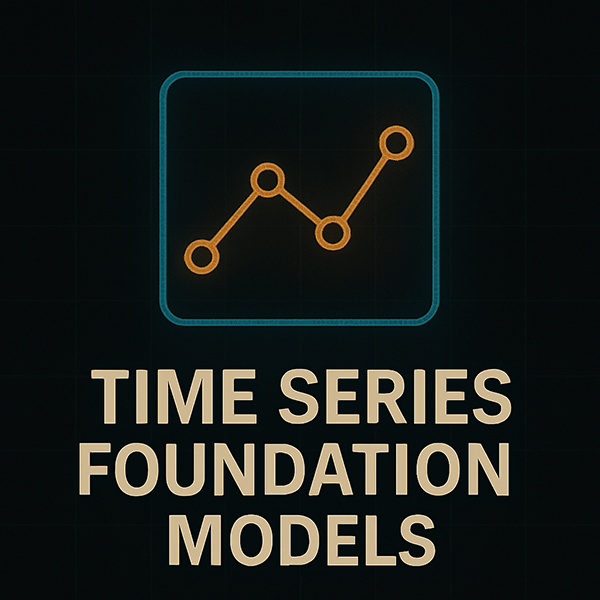The modern world is filled with data that can be complex and overwhelming to manage without the right tools. This is especially true when dealing with high-dimensional data. Fortunately, a vector database can efficiently address these complexities.
A vector database is specifically designed to store, index, and query high-dimensional vectors. It is primarily used by professionals working with large-scale machine learning models in fields such as artificial intelligence (AI), natural language processing (NLP), and computer vision.
For example, social media companies use vector databases to improve content recommendations. Have you ever noticed how a platform like Instagram personalizes the user experience by serving up new content that’s similar to your interests? This ability is likely based on vectorized data.
The following article will provide insights on:
- How a vector database operates
- Differences between vector and traditional databases
- How a vector database is used
- Key features for data management
- An overview of the world’s fastest vector database
What Is a Vector?
A vector is a mathematical representation of data. You can think of it as a data ‘fingerprint’. Just as a fingerprint uniquely identifies a person, a vector uniquely represents a piece of data. A vector is created by breaking down the data into numerical values that capture its essential characteristics.
For example, a text document can be represented as a vector, with each dimension corresponding to the frequency of a particular word. An image can also be represented as a vector, with each dimension corresponding to the intensity of a pixel at a specific location.
Vectors make it easier to handle information by providing a clear and measurable approach to explaining and examining different characteristics.
What Are Embeddings?
Embeddings are numerical representations of data that capture its semantic or contextual meaning. They serve as a bridge between raw data and a machine-understandable format. By condensing information and capturing underlying patterns, embeddings make it easier for models to handle and interpret complex data, like text or images.
For example, in NLP, word embeddings represent the meaning and context of words, with similar words having comparable vector representations. This enables tasks like text classification, sentiment analysis, and machine translation. In image analysis, image embeddings capture the visual features of an image, facilitating tasks like image searches, object recognition, and image generation.
Vector Database vs. Traditional Database
When it comes to data management, traditional databases have long been the go-to solution for storing and retrieving structured information. However, as the volume and complexity of data—particularly unstructured data like images and text—has surged, traditional databases have encountered challenges. This is where vector databases come into play. Below is a quick comparison of each, highlighting their main differences.
Traditional Databases
- Structure: Typically organized in rows and columns, they are well-suited for structured data.
- Queries: Efficient for simple questions and transactions involving structured data.
- Challenges: Struggle with high-dimensional or unstructured data, leading to slower performance and reduced accuracy.
Vector Databases
- Structure: Store data as numerical vectors, capturing the essence of complex data points.
- Queries: Excel at similarity search and pattern recognition, making them ideal for tasks involving unstructured data.
- Advantages: Faster search speeds, efficient handling of high-dimensional data, and improved accuracy for tasks like recommendation systems.
Key Differences
- Data Representation: Traditional databases store data in tables, while vector databases store data as numerical vectors.
- Query Types: Traditional databases are optimized for structured queries, while vector databases are designed for finding similarities and patterns in data.
- Applications: Traditional databases are well-suited for transactional data and simple analytics, while vector databases excel in tasks involving unstructured data and complex analysis.
While traditional databases remain valuable for specific applications, vector databases offer a superior solution in many scenarios.
Vector Database vs. Vector Index
The terms vector database and vector index are often used interchangeably, but they actually serve distinct roles. Although both components work together, the vector database is the foundation.
Imagine a vector database as a large digital warehouse that stores and organizes vectors. Similar to a library where each vector represents a book (or data point), the database provides the infrastructure for storing these vectors and retrieving them when needed.
In contrast, a vector index functions more like a librarian who helps you find the right book (or data point). It organizes vectors in a specific way, creating a structure for fast retrieval. One common technique used by vector indexes is ‘nearest neighbor search’, which involves finding the data points closest to a given query vector. By efficiently organizing vectors, and employing algorithms like locality-sensitive hashing (LSH), vector indexes can significantly enhance query speed and accuracy.
How does a vector database work?
You can think of a vector database as akin to a music streaming service. Each song in the service is like a vector, representing its unique features—such as genre, tempo, and mood. When you ask the service to find songs similar to one you like, it quickly searches through its collection using specialized algorithms that group and index songs based on their similarities. Just as the service can instantly suggest songs with a similar vibe, the database can rapidly find and compare similar pieces of data based on the features they share.
How are vector databases used?
Vector databases are used across many industries. For instance, search engines employ them to match your search with web pages or documents by comparing the data in vector form. Recommendation systems also leverage these databases to suggest products or content based on your previous interests.
In NLP, vector databases facilitate tasks such as sentiment analysis and machine translation by managing and querying sets of text embeddings. Additionally, image and speech recognition systems use these databases to categorize and access information through vector representations of audio characteristics.
Key qualities of a vector database
Vector databases offer several benefits for enterprise AI and other applications. They are fast and efficient, thanks to advanced indexing techniques that expedite searches through large datasets. While they provide approximate results, which may not suit every need, they are highly scalable and can manage massive amounts of data by adding more nodes.
These databases also help to reduce costs by speeding up data retrieval and model training. With features that simplify data management and the ability to handle complex data, they can flex with varied business or AI requirements.
Explore the KDB.AI vector database
The world of vector databases is fast-paced, with rapid innovation constantly pushing the boundaries of what’s possible.
KDB.AI provides a high-performance vector database to help organizations build scalable, enterprise-grade AI applications and advanced RAG solutions for real-time intelligent search and contextual reasoning.
Learn more about the capabilities of KDB.AI, or book a free demo.







